Home>Furniture & Design>Interior Design Trends>What Is A Wine Glass Called
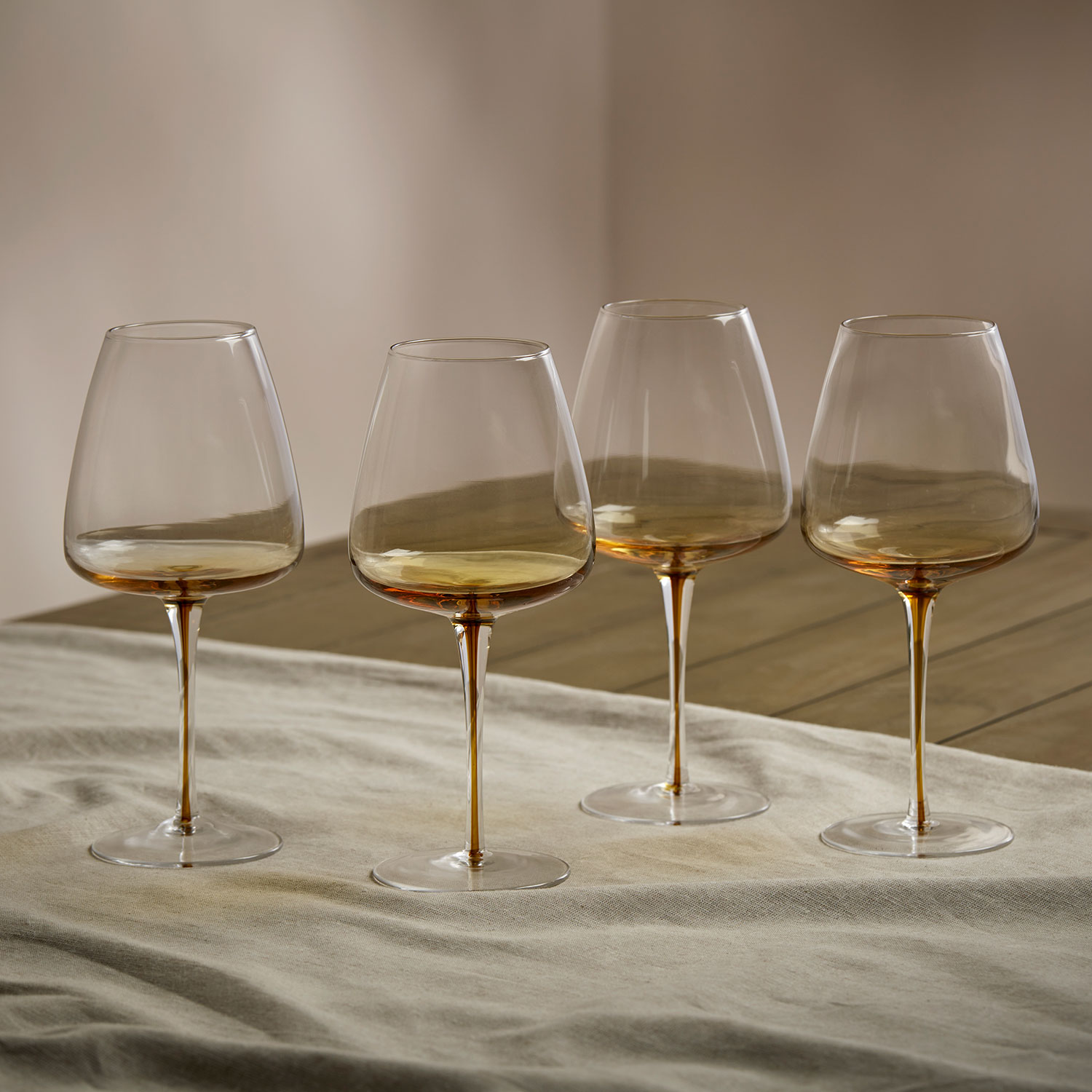

Interior Design Trends
What Is A Wine Glass Called
Modified: February 18, 2024
Discover the latest interior design trends for wine glasses and elevate your dining experience. Explore innovative styles and functional designs for your home.
(Many of the links in this article redirect to a specific reviewed product. Your purchase of these products through affiliate links helps to generate commission for Storables.com, at no extra cost. Learn more)
Introduction
Wine, often referred to as the elixir of life, has been cherished for centuries, celebrated for its ability to enhance meals, foster social connections, and provide a moment of respite in our fast-paced world. However, the experience of savoring a fine wine is not solely dependent on the quality of the vintage; the vessel from which it is consumed plays a pivotal role in the overall enjoyment. Enter the wine glass, a seemingly simple yet intricately designed vessel that has the power to elevate the sensory experience of wine tasting to new heights.
In this article, we will delve into the world of wine glasses, exploring their anatomy, the different types available, and how to select the perfect one for your favorite varietal. Whether you are a seasoned oenophile or a curious novice, understanding the nuances of wine glass selection can significantly enhance your appreciation of wine and its diverse flavors. So, let's embark on this journey to uncover the secrets of the humble yet indispensable wine glass.
Key Takeaways:
- The shape and design of a wine glass can significantly impact the aroma, flavor, and overall enjoyment of wine. Understanding the anatomy and selecting the right glass enhances the sensory experience and allows each wine to shine.
- Different types of wine glasses, tailored to specific varietals, can elevate the tasting experience. Choosing the right glass based on varietal, bowl shape, rim design, stem length, and material quality enhances the enjoyment of wine.
Read more: What Are Small Wine Glasses Called?
The Anatomy of a Wine Glass
A wine glass, though seemingly straightforward, is a marvel of design, carefully crafted to enhance the sensory experience of enjoying wine. Understanding its anatomy is crucial to appreciating the role each component plays in delivering the perfect sip.
Bowl
The bowl of a wine glass is its most prominent feature, and for good reason. Its shape and size are tailored to specific wine varietals, influencing the wine's exposure to air and the concentration of aromas. For example, a wider bowl is ideal for red wines, allowing the wine to breathe and releasing its complex aromas, while a narrower bowl is preferred for white wines to preserve their delicate aromatics.
Rim
The rim of a wine glass may seem inconspicuous, but its design significantly impacts the wine-drinking experience. A thin, smooth rim ensures that the wine flows seamlessly onto the palate, enhancing the tasting experience. Additionally, the rim's shape can direct the wine to different areas of the tongue, accentuating specific flavors.
Stem
The stem of a wine glass serves a dual purpose: it provides a comfortable grip while preventing the transfer of heat from the hand to the wine. This is particularly crucial for white wines and sparkling wines, which are best served chilled. The elegant elongated stem also adds to the aesthetic appeal of the glass, allowing the wine's color and clarity to take center stage.
Read more: What Is A Wine Opener Called
Base
The base of a wine glass, though often overlooked, provides stability and balance to the vessel. A well-crafted base ensures that the glass sits securely on flat surfaces, preventing accidental spills and allowing the wine to be showcased in all its splendor.
Overall Design
The overall design of a wine glass is a harmonious blend of form and function. From the curvature of the bowl to the taper of the stem, every aspect is meticulously crafted to elevate the wine-drinking experience. The interplay of light, liquid, and glass creates a visual spectacle that complements the sensory journey of savoring a fine wine.
Understanding the intricacies of a wine glass's anatomy unveils the thoughtful craftsmanship behind this seemingly simple vessel. Each element, meticulously designed and refined over centuries, contributes to the enhancement of the wine-tasting experience, making the choice of the right wine glass an art in itself.
Different Types of Wine Glasses
Wine enthusiasts are well aware that the shape and design of a wine glass can significantly impact the aroma, flavor, and overall enjoyment of a particular wine. As a result, a diverse array of wine glasses has been meticulously crafted to cater to the unique characteristics of various wine varietals. Understanding the different types of wine glasses is essential for enhancing the sensory experience and fully appreciating the nuances of each wine. Let's explore some of the most common types of wine glasses and their specific purposes:
1. Red Wine Glasses
Red wine glasses are characterized by their larger bowl size, allowing the wine to come into greater contact with the air. This design facilitates the aeration process, which is particularly crucial for red wines to unlock their complex aromas and flavors. The wider bowl also provides ample space for swirling the wine, further enhancing its aromatic profile. Examples of red wine glasses include Bordeaux glasses, which are tailored for bold reds like Cabernet Sauvignon and Merlot, and Burgundy glasses, ideal for delicate and aromatic reds such as Pinot Noir.
Read more: What Is A Champagne Glass Called
2. White Wine Glasses
White wine glasses typically have a more U-shaped bowl, which is narrower and upright compared to red wine glasses. This design helps preserve the delicate aromas of white wines while directing the wine to the tip of the tongue, where the subtle flavors can be fully appreciated. Variants such as Chardonnay glasses and Sauvignon Blanc glasses are specifically crafted to complement the unique characteristics of different white wine varietals, ensuring an optimal tasting experience.
3. Sparkling Wine Glasses
The effervescence and delicate flavors of sparkling wines, such as Champagne and Prosecco, demand a specialized glass design. Sparkling wine glasses, often referred to as flutes, feature a tall, narrow bowl that minimizes the dissipation of bubbles and preserves the wine's carbonation. This elegant design allows the bubbles to gracefully ascend, creating a visually captivating and sensorially delightful experience.
4. Dessert Wine Glasses
Dessert wines, known for their intense sweetness and rich flavors, are best enjoyed in smaller, tulip-shaped glasses. These glasses concentrate the aromas of the dessert wine, allowing the imbiber to savor its luscious bouquet with every sip. The smaller size also encourages measured consumption, as dessert wines are typically served in smaller quantities due to their concentrated flavors.
5. Universal Wine Glasses
For those seeking versatility, universal wine glasses offer a balanced design that can accommodate a wide range of wine varietals. These glasses strike a middle ground in terms of bowl size and shape, making them suitable for both red and white wines. While they may not be tailored to specific varietals, universal wine glasses provide a practical and space-saving option for casual wine enthusiasts.
Understanding the distinct characteristics of each type of wine glass empowers wine aficionados to elevate their tasting experiences and fully appreciate the diversity of wines. By selecting the appropriate wine glass for a specific varietal, enthusiasts can unlock the full potential of each wine, allowing its unique qualities to shine through and delight the senses.
Read more: What Is A Beer Glass Called
How to Choose the Right Wine Glass
Selecting the right wine glass is a pivotal step in enhancing the enjoyment of wine. The perfect wine glass can elevate the sensory experience, allowing the wine to fully express its aromas and flavors. When choosing a wine glass, several factors should be considered to ensure an optimal tasting experience.
Consider the Wine Varietal
Different wine varietals have unique characteristics that can be accentuated by the right glass. For red wines, opt for glasses with larger bowls to allow ample aeration, which enhances the wine's complex aromas. Varietals like Cabernet Sauvignon and Merlot thrive in Bordeaux glasses, while Pinot Noir excels in Burgundy glasses. White wines, on the other hand, benefit from glasses with narrower bowls to preserve delicate aromas. Chardonnay and Sauvignon Blanc glasses are tailored to enhance the nuances of these varietals, ensuring a delightful tasting experience.
Assess the Bowl Shape
The shape of the bowl plays a crucial role in directing the wine to the appropriate areas of the palate. For red wines, a wider bowl allows the wine to breathe and promotes aeration, while the narrower bowl of white wine glasses directs the wine to the tip of the tongue, where delicate flavors are best appreciated. Additionally, consider the curvature of the bowl, as it influences the release of aromas and the overall tasting experience.
Evaluate the Rim Design
The rim of a wine glass can impact the flow of wine onto the palate. Look for glasses with thin, smooth rims that facilitate a seamless drinking experience. The shape of the rim can also influence the perception of flavors, as different rim designs can direct the wine to specific areas of the tongue, enhancing the tasting experience.
Read more: What Is A Whiskey Glass Called
Examine the Stem Length
The stem of a wine glass serves both functional and aesthetic purposes. Opt for glasses with elongated stems, as they prevent the transfer of heat from the hand to the wine, particularly important for white and sparkling wines. Additionally, a longer stem adds elegance to the glass and allows for a comfortable grip without affecting the wine's temperature.
Choose Quality Materials
When selecting wine glasses, prioritize quality materials such as crystal or lead-free glass. These materials not only enhance the visual appeal of the glass but also contribute to the overall tasting experience. Crystal glasses, in particular, are renowned for their clarity and ability to showcase the wine's color and brilliance.
By considering these factors, wine enthusiasts can make informed decisions when choosing the right wine glass for a specific varietal. The careful selection of wine glasses ensures that each wine is presented in its best light, allowing its unique characteristics to be fully appreciated and enjoyed.
Conclusion
In the world of wine, the significance of the wine glass cannot be overstated. From its meticulously designed anatomy to the diverse array of specialized types, the wine glass serves as a conduit for the sensory journey of savoring fine wines. The careful consideration of the wine glass's bowl shape, rim design, stem length, and material quality underscores its pivotal role in enhancing the overall wine-tasting experience.
As we conclude our exploration of wine glasses, it becomes evident that the right vessel can elevate the enjoyment of wine, allowing each varietal to express its unique characteristics to the fullest. The artful craftsmanship and thoughtful design of wine glasses underscore the centuries-old tradition of wine appreciation, where every element of the experience is carefully curated to delight the senses.
By understanding the nuances of wine glass selection, wine enthusiasts can embark on a sensory adventure, unlocking the diverse aromas, flavors, and visual splendor of different varietals. Whether indulging in a robust Cabernet Sauvignon, a crisp Chardonnay, or a celebratory flute of Champagne, the appropriate wine glass becomes an indispensable companion, enhancing the nuances of each pour and enriching the overall wine-drinking experience.
In essence, the wine glass transcends its utilitarian function, becoming a vessel of elegance, refinement, and sensory delight. It embodies the artistry and science of wine appreciation, encapsulating centuries of tradition and innovation within its delicate curves and fine craftsmanship. As we raise our glasses to toast the timeless allure of wine, let us also raise our appreciation for the humble yet extraordinary wine glass, an essential companion in our journey through the world of wine.
In the symphony of flavors and aromas that define the world of wine, the wine glass stands as a harmonious partner, amplifying the nuances and subtleties that make each varietal a unique and cherished experience. So, as you embark on your next wine-tasting adventure, remember the profound impact of the wine glass, for within its elegant contours lies the promise of a sensory journey unlike any other. Cheers to the enduring legacy of the wine glass, a timeless symbol of the art and science of wine appreciation.
Frequently Asked Questions about What Is A Wine Glass Called
Was this page helpful?
At Storables.com, we guarantee accurate and reliable information. Our content, validated by Expert Board Contributors, is crafted following stringent Editorial Policies. We're committed to providing you with well-researched, expert-backed insights for all your informational needs.
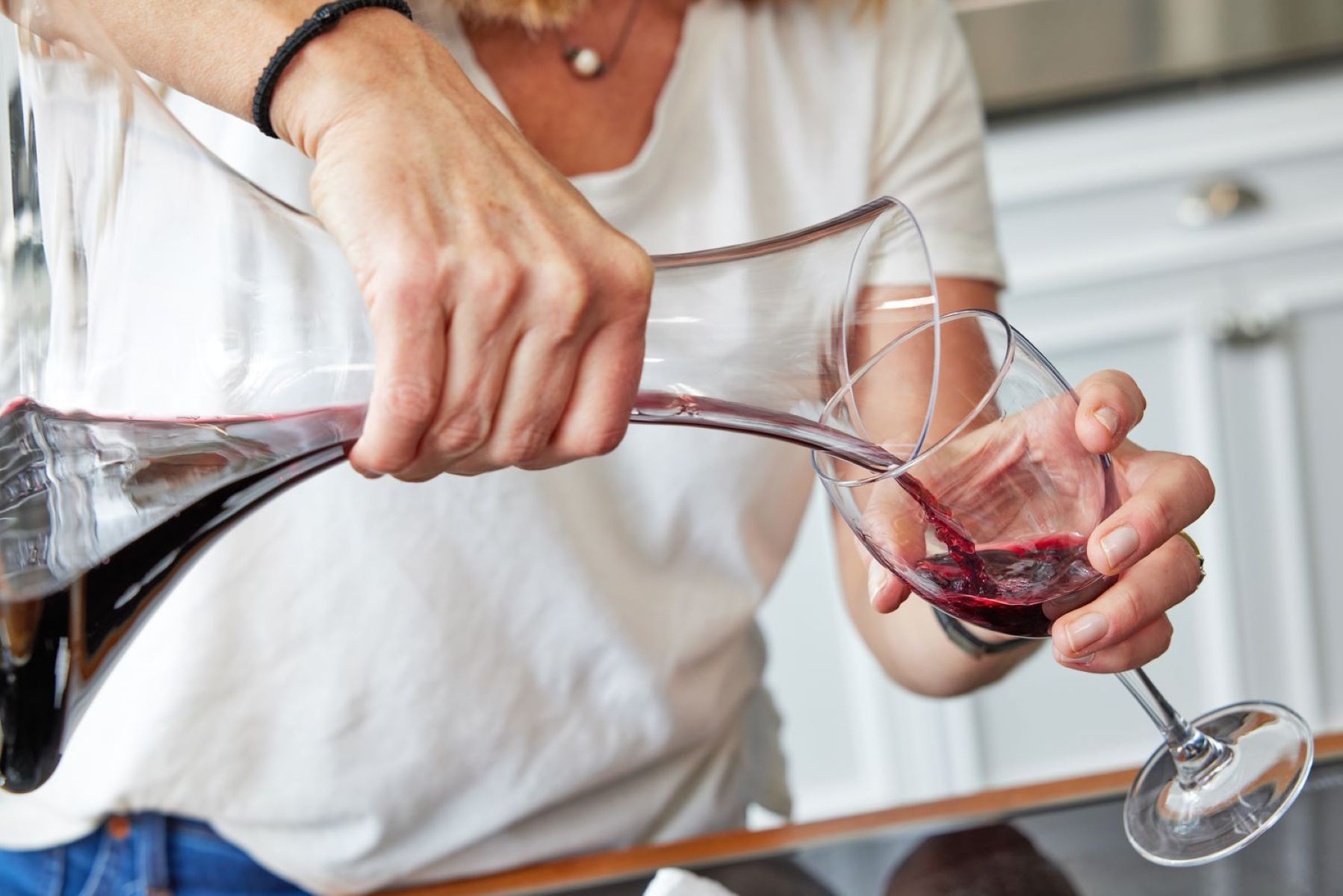
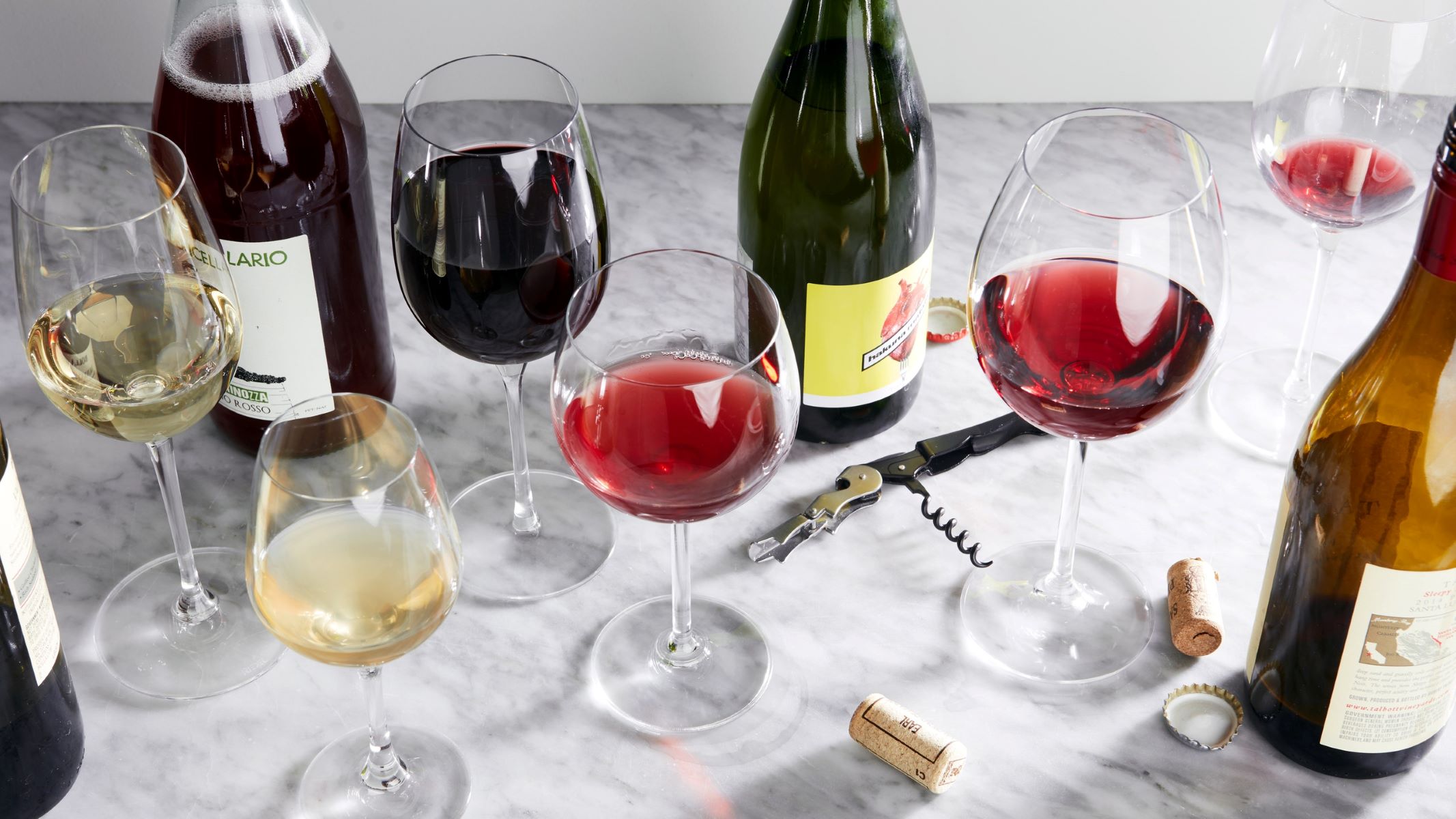
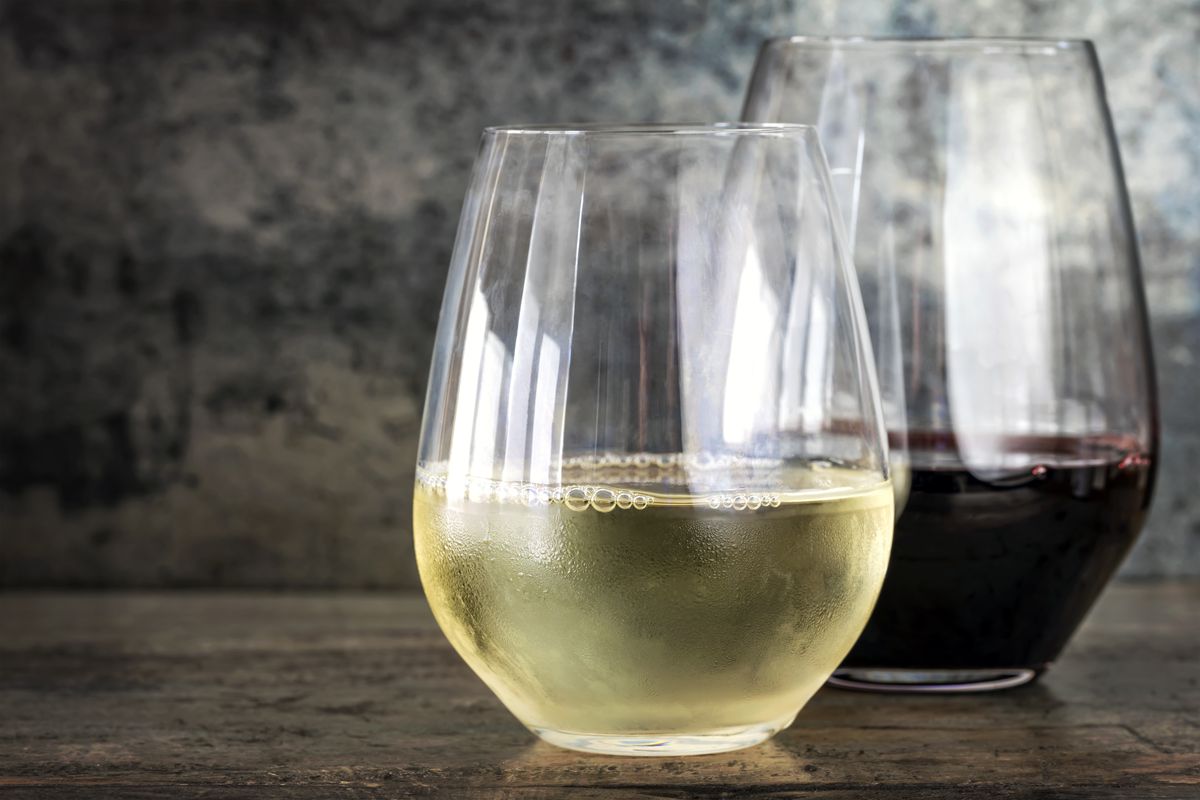
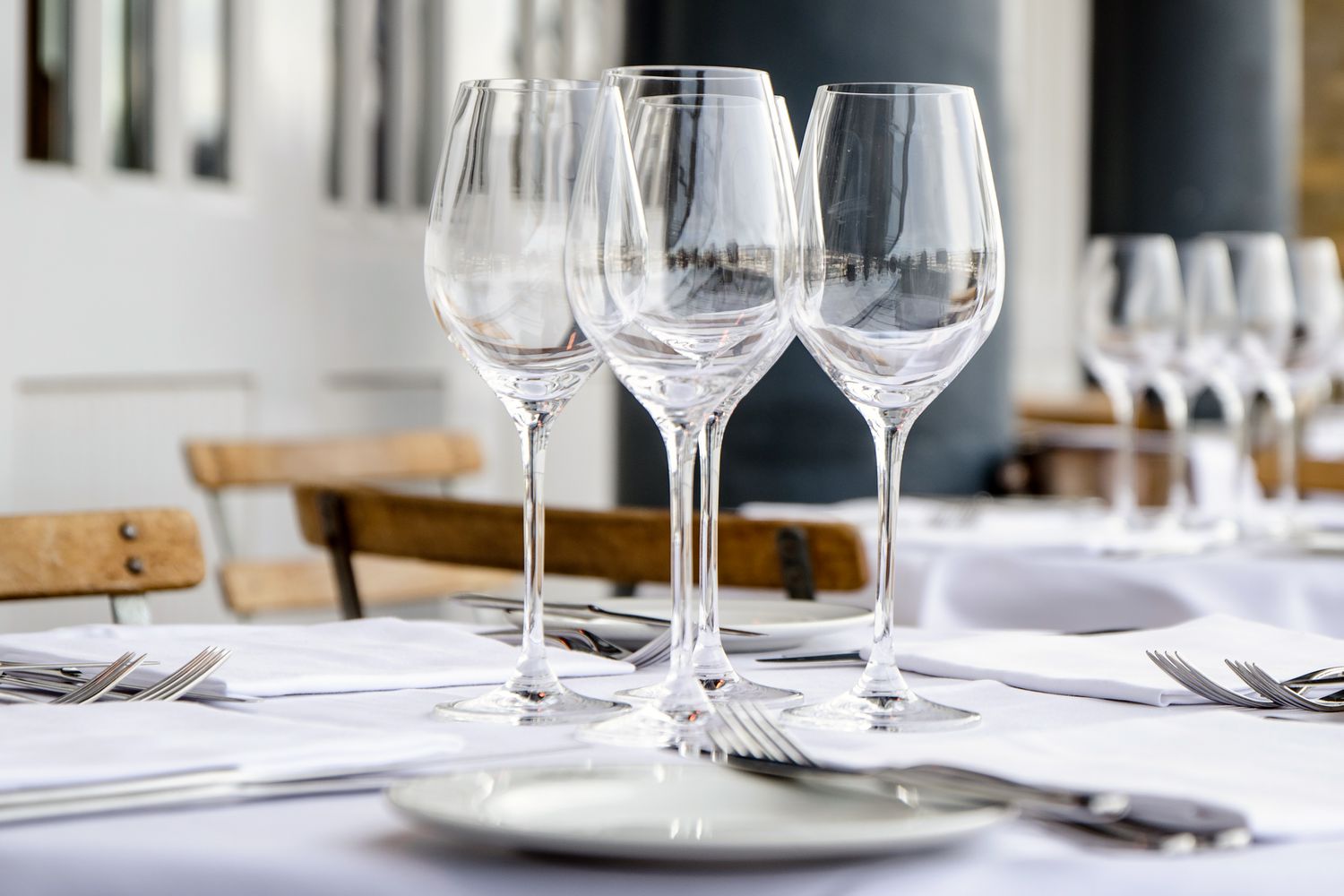

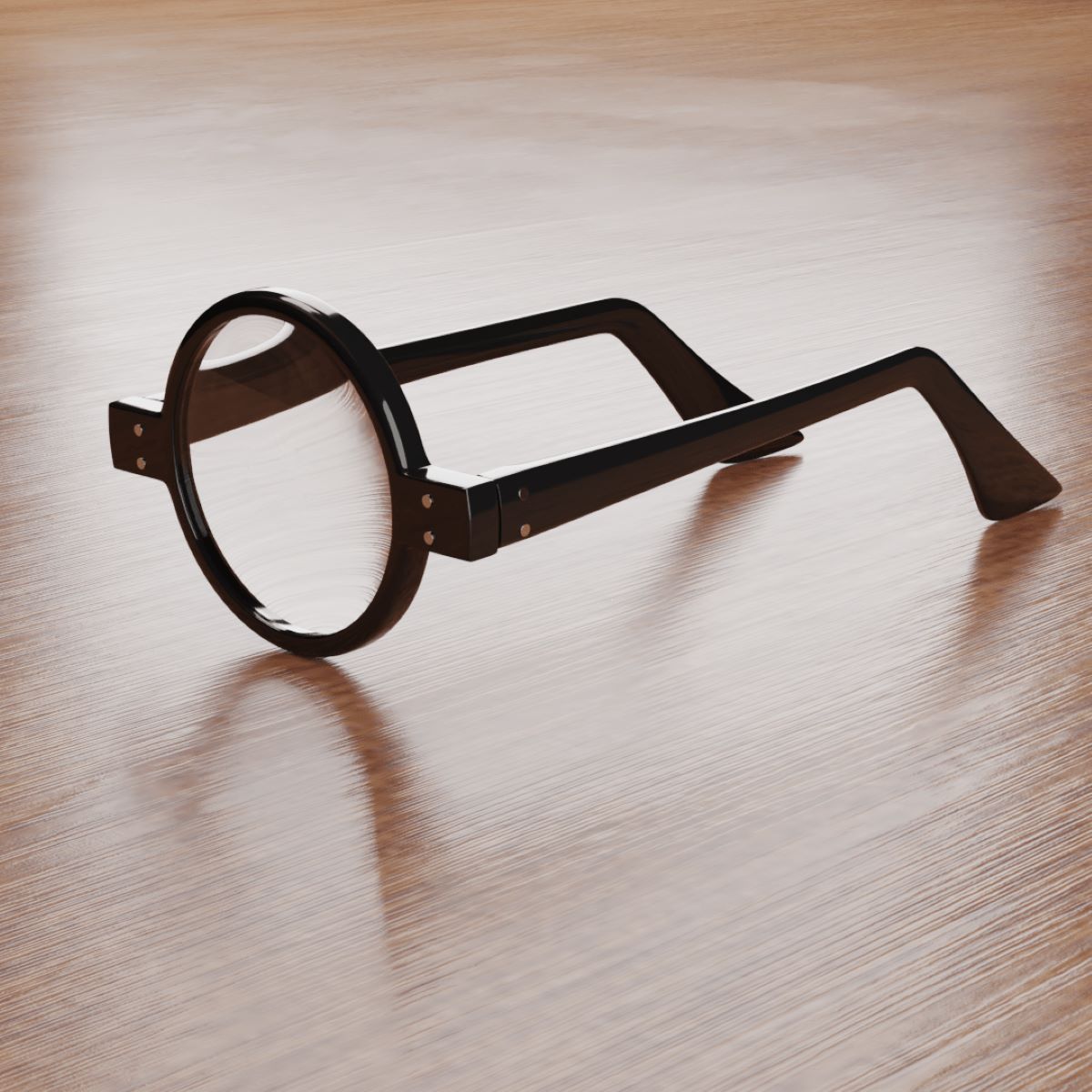
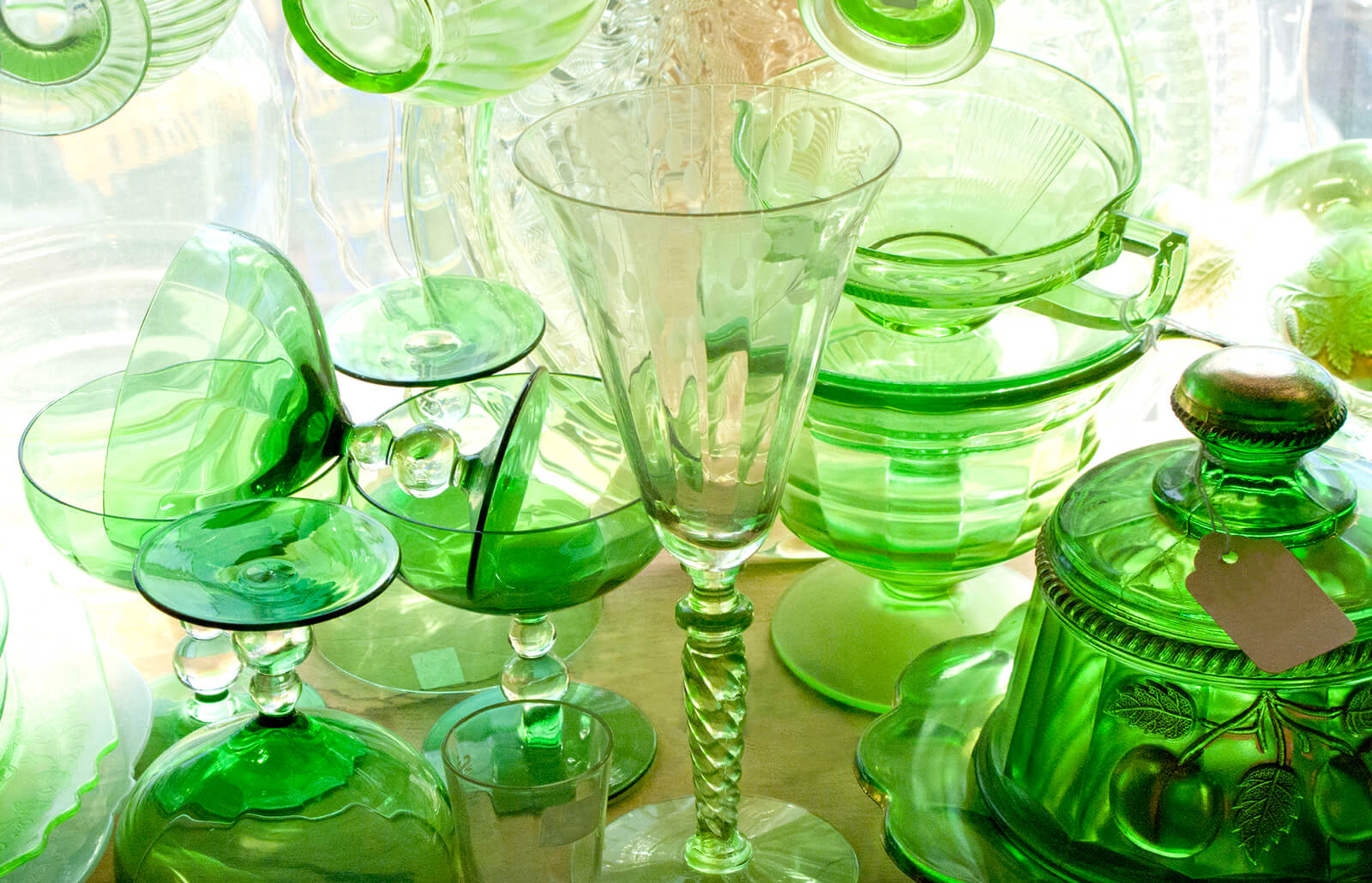
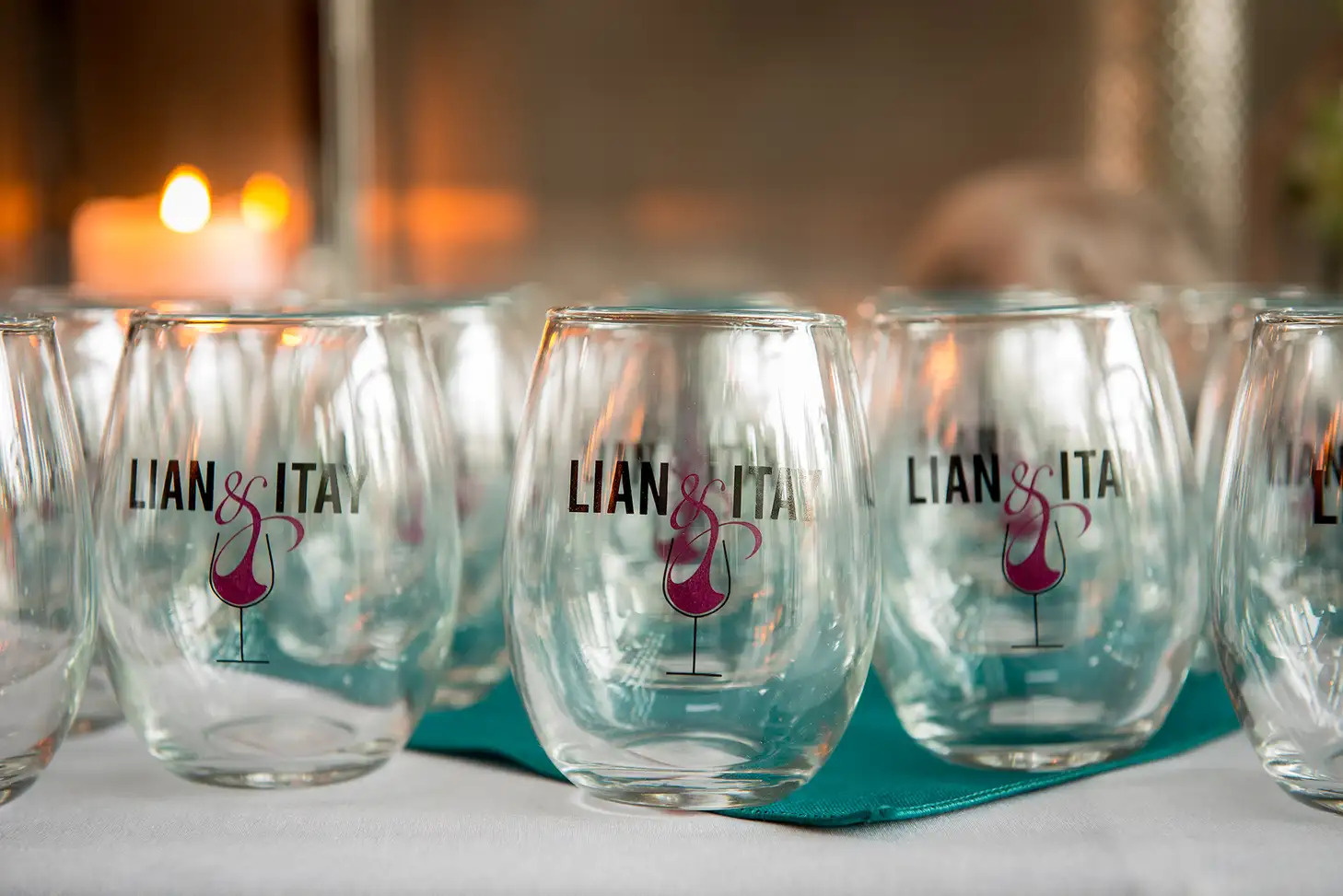
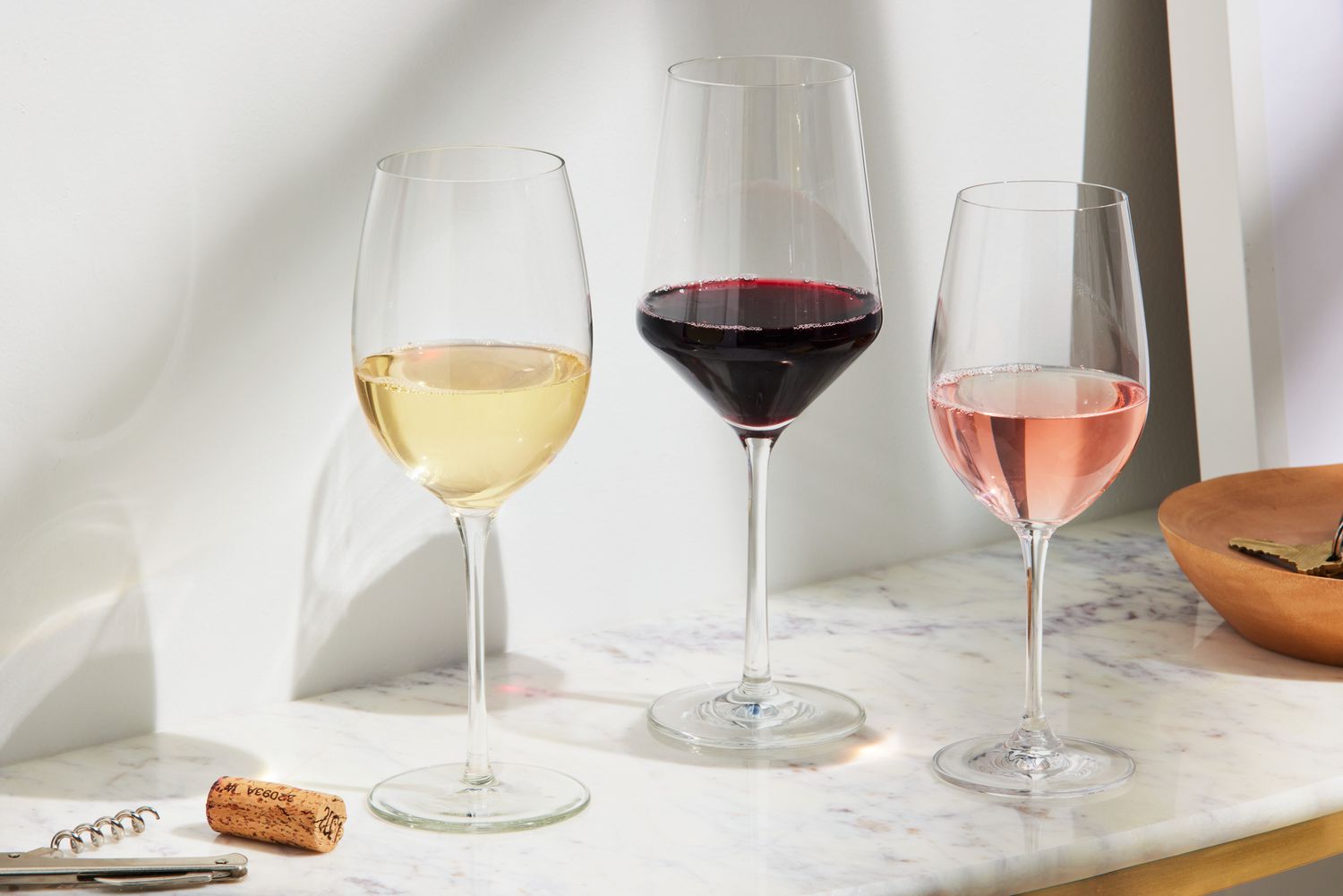
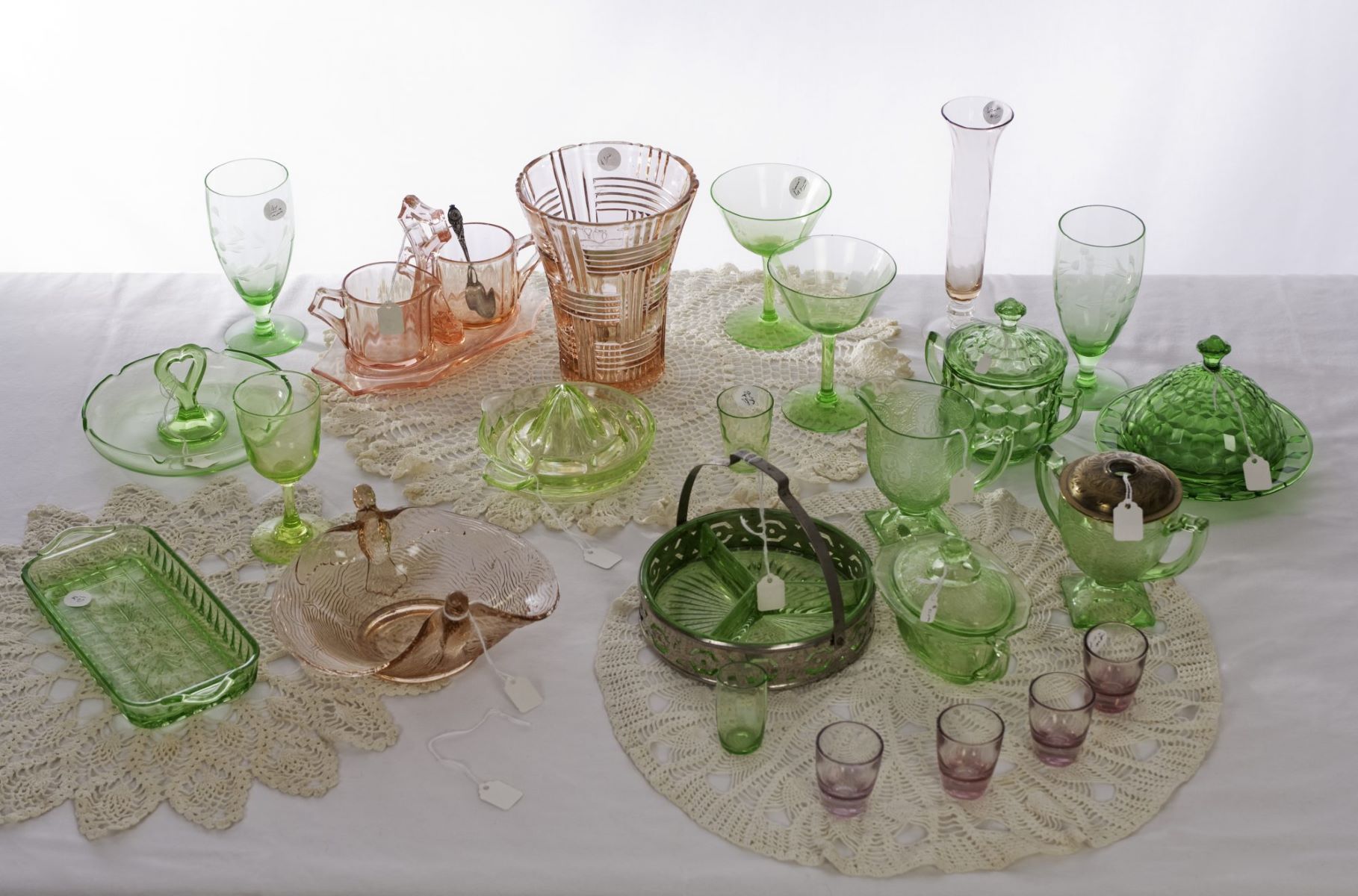
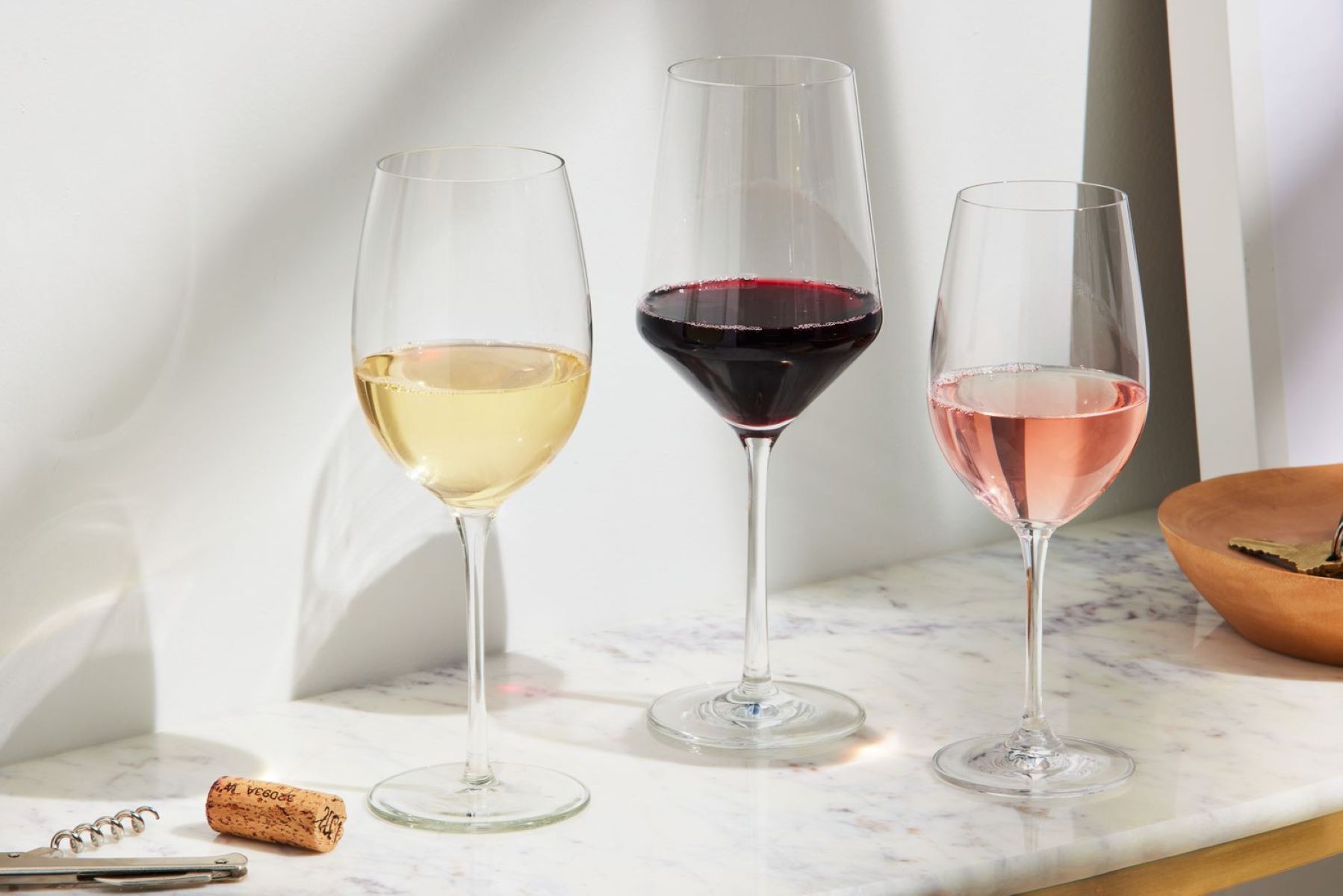

0 thoughts on “What Is A Wine Glass Called”